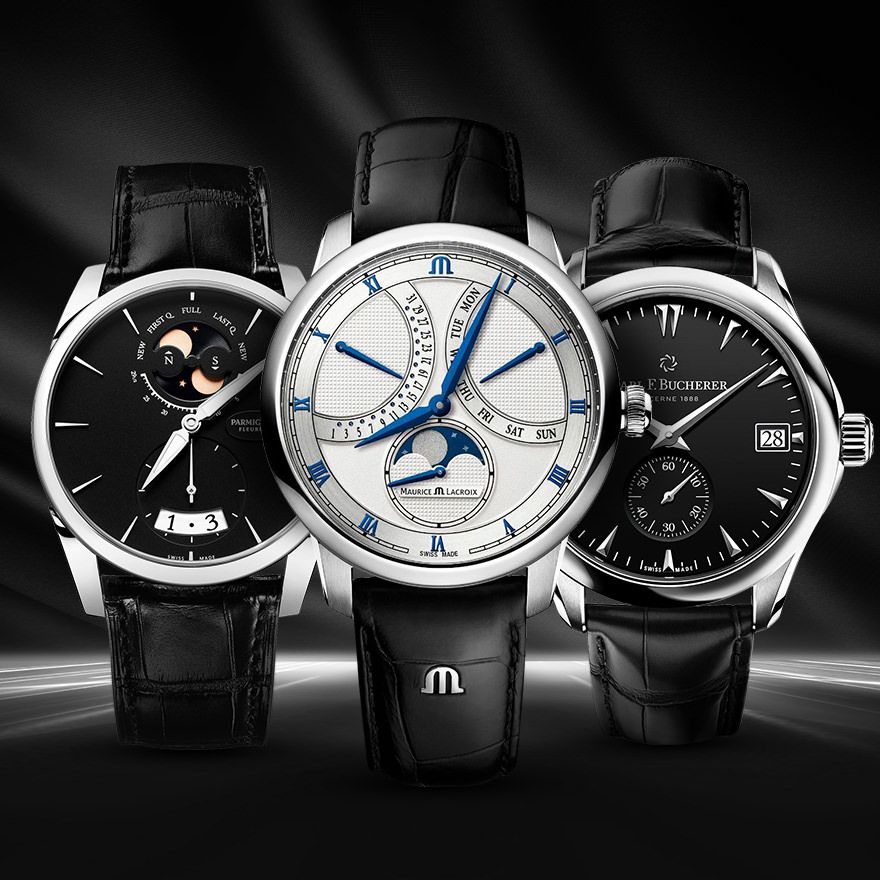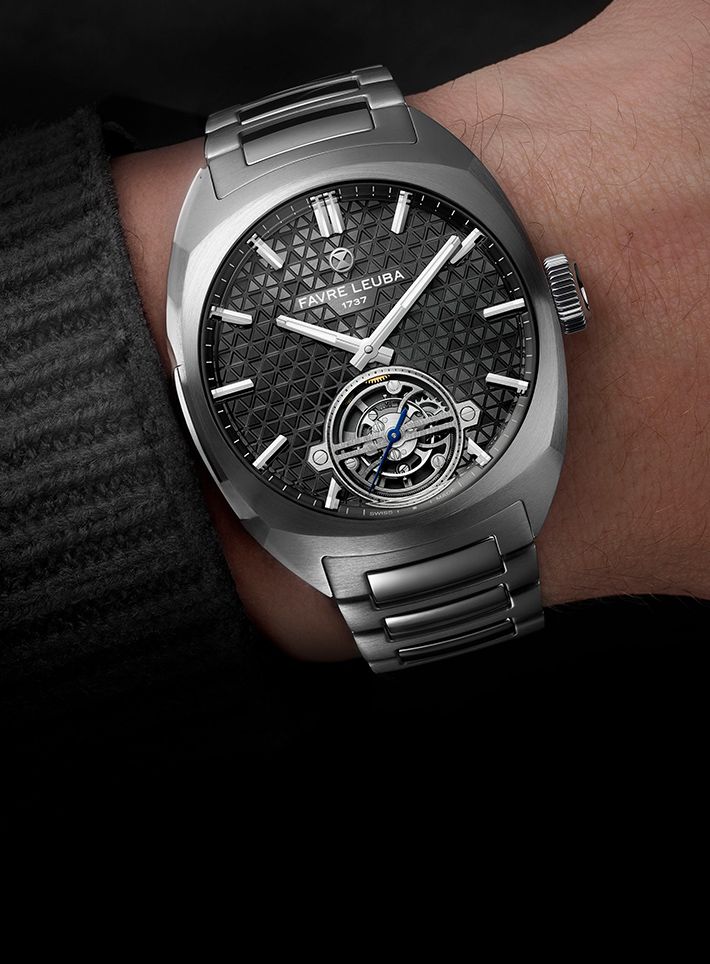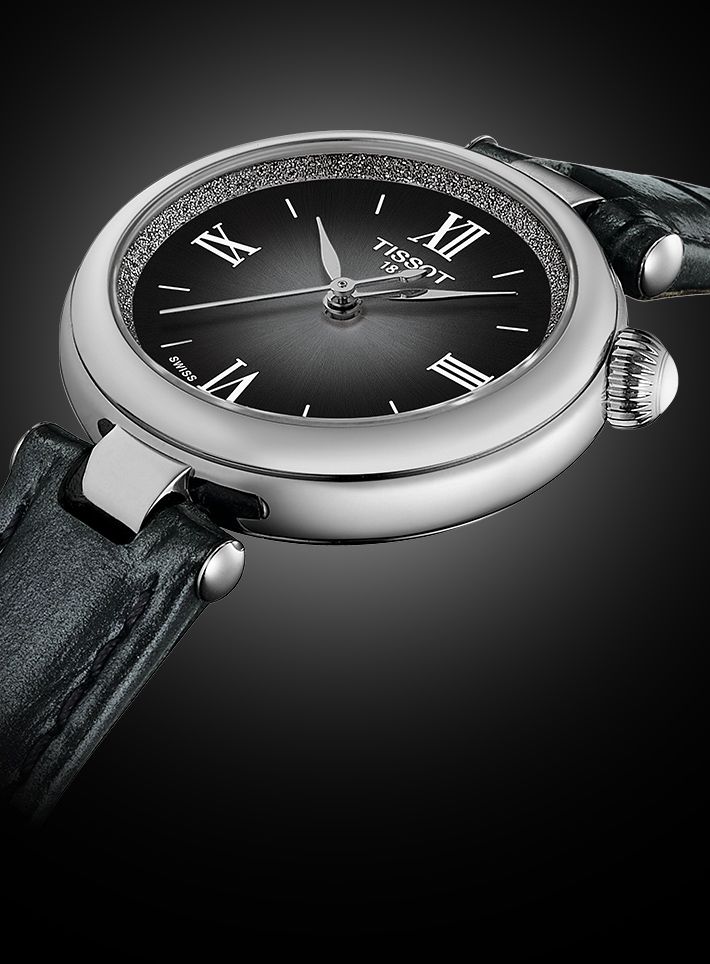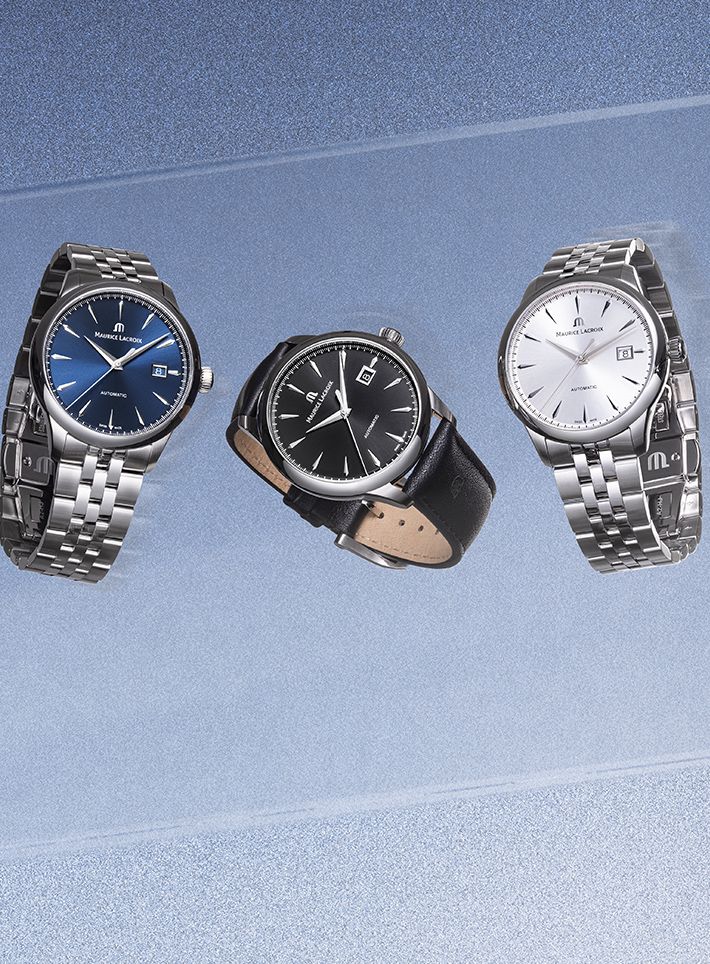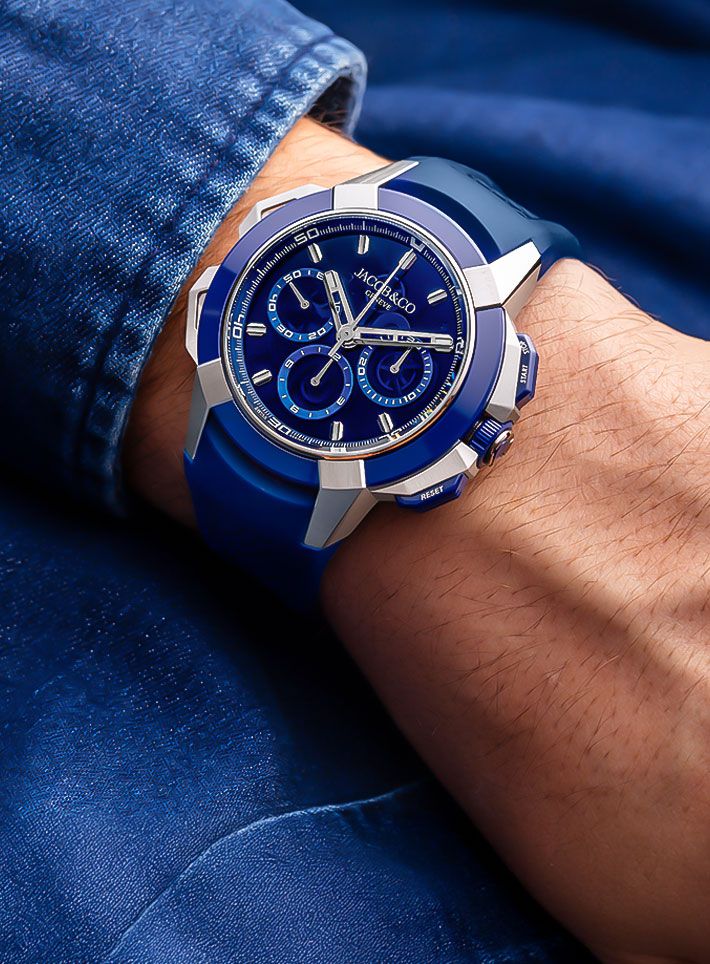FeatureAbove Cloud Nine With Pilot Watches On International Civil Aviation Day
Soaring and scoring high: The Watch Guide explores the enigmatic world of pilot watches as we observe International Civil Aviation Day, December 7
May We Recommend
People are always fascinated by stuff that doesn’t come naturally to us. Flying is one such activity that we have romaticised since the 15th century by flying kites and balloons, much before the Wright Brothers made history in the earlier part of the 20th century by flying an airplane. It’s no wonder that President Roosevelt chose Orville Wright’s birthday, August 19, as the American National Aviation Day in 1939.
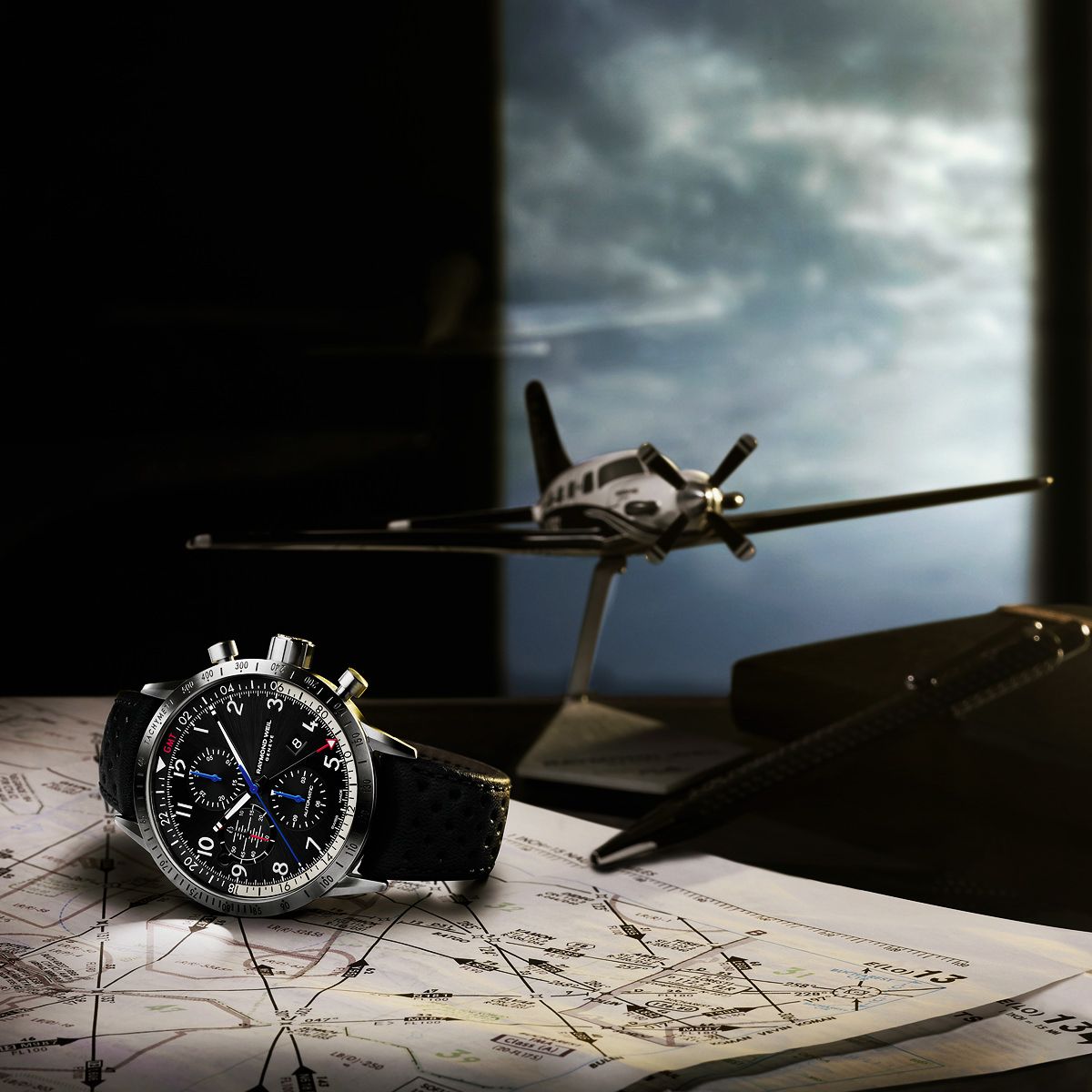
Since 1996, December 7 has been observed as International Civil Aviation Day.
The date was zeroed down on just two years prior to that, on December 7, 1994, which marked the 50th anniversary of the Convention On International Civil Aviation. Also called the Chicago Convention, this event established the ‘International Civil Aviation Organization, a specialised agency of the UN, charged with coordinating and regulating international air travel’.
The research on aviation, which draws its name from ‘avis’ – Latin for ‘bird’ – has been a continuous process. While commercial flying has become bigger, better, and faster, experiments are on now to even fly without fuel.
The History Of Aviation Watches
Digging into the history of aviation and watches, the legend says, that Alberto Santos-Dumont, while experimenting with flying, complained to his friend, Louis Cartier, that it was difficult for him to check the time using his pocket watch. This was how the first pilot watch was created. It also was one of the very first wristwatches ever created. Cartier developed a watch with a leather band and a small buckle that would be worn on the wrist. The watch is not like most pilot watches. It features Roman numerals and a curved dial in a rectangular case. The watch was an important part of the evolution of the modern pilot watch.
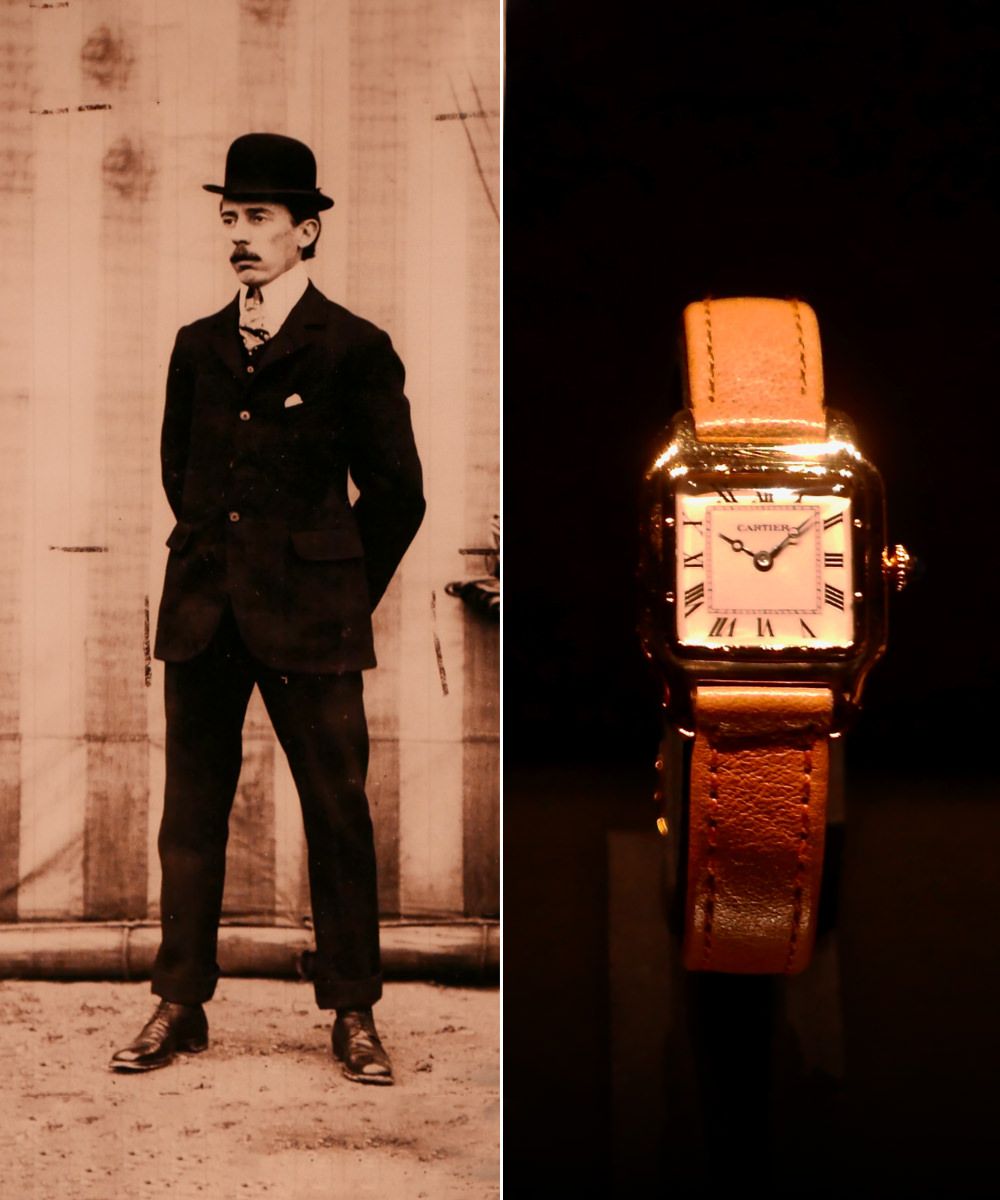
To this day, the manufacturer still produces watches named after Santos-Dumont, honouring their partnership in the early 20th century and advances in pilot watches and technology.
Cartier, by then, had established the role of an aeronautical watch, as it served several functions. A watch could be used to calculate the fuel consumption, airspeed lift capacity, navigation and finally, it was useful for timekeeping. The tradition of making avant-garde watches meant for flying continues even today.
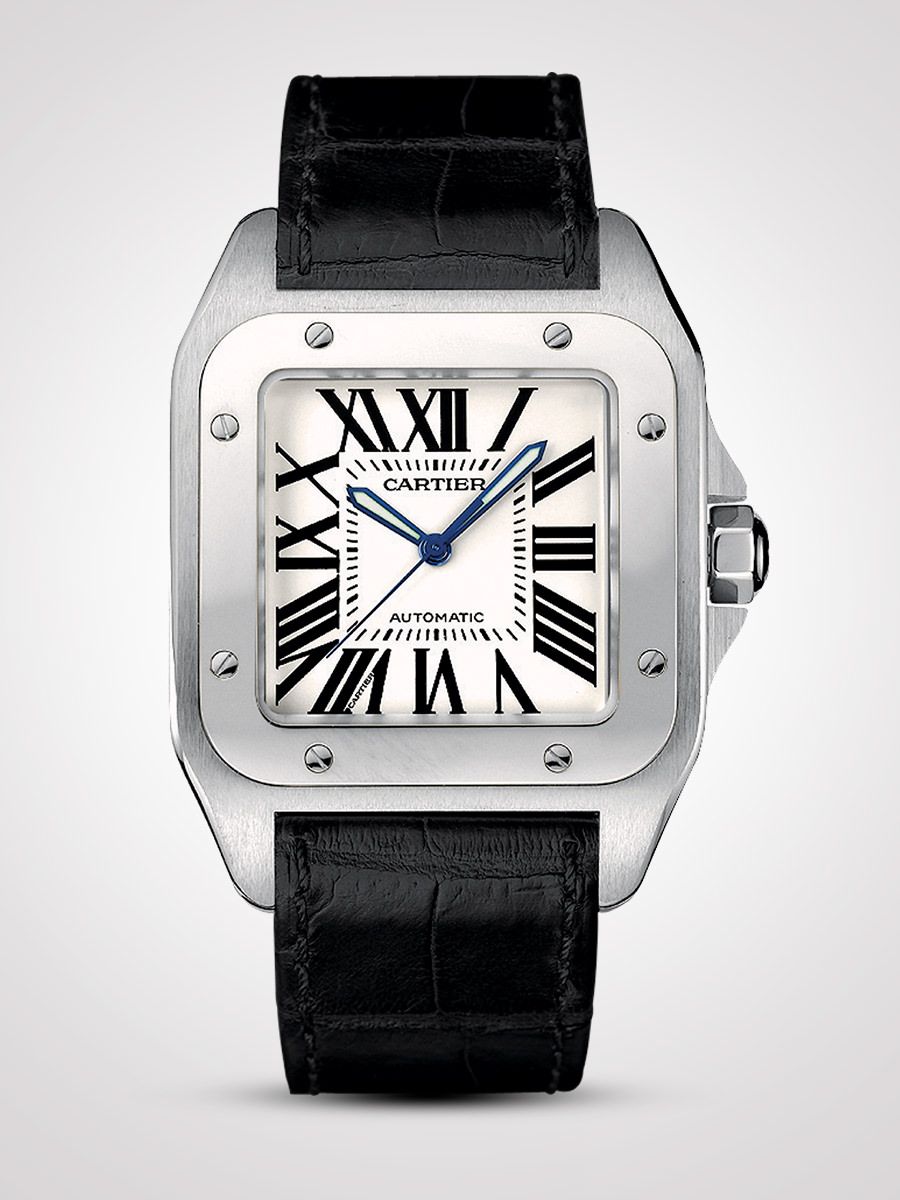
The march of advances that aviation started with Wright brothers and Santos-Dumont has not stopped till date. From World War II fighter planes, followed by a commercial flying revolution, and trans-Atlantic jets to even the fuel-less Solar Impulse have also made watchmakers push the boundaries in terms of watchmaking to match the high expectations of aviation.
Discover the Santos De Cartier collection
Zenith’s Tryst With Aviation
The brand that rose to prominence with its pilot’s watches was Zenith. Way back in 1909, coinciding with the maiden flight across the English Channel, by French aviator, Louis Blériot, who wore a Zenith Pilot watch. The brand gained immense popularity, being endorsed by Blériot himself. These early pilot watches feature black enamel dials, large Arabic numerals and typically feature a large, onion-shaped crown. This high-contrast dial would make it easy to read with just one glance while the oversized crown is made for easy adjustment even while wearing gloves.
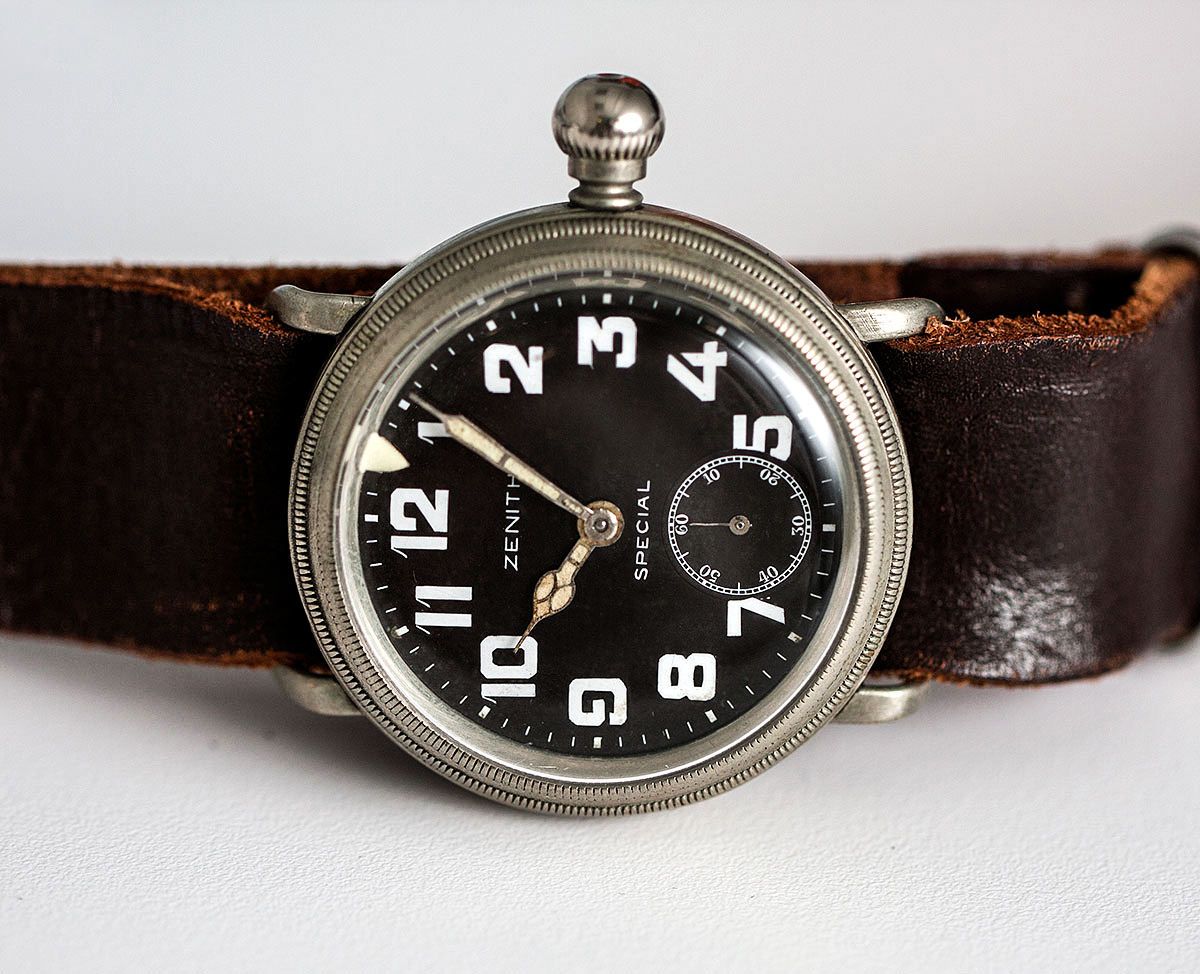
Explore the bold Zenith Pilot watch collection
Zenith went on to produce cockpit instruments like altimeters and stopwatches, in addition to chronographs for use by pilots. The manufacturer has continued with its interest in aviation, even through to this day, creating historically-influenced pilot watches and new aviation models.
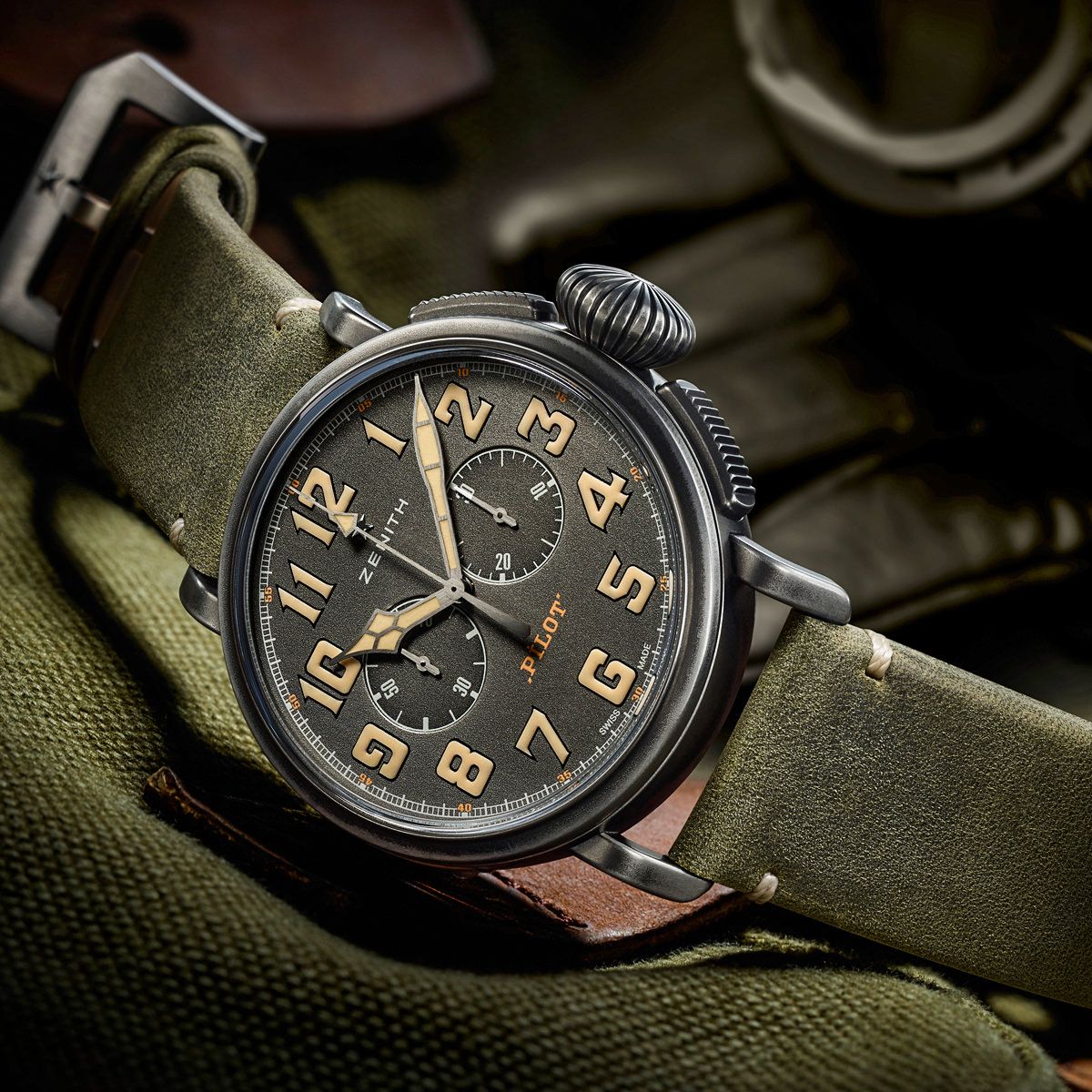
Hamilton: The Forerunners In The History Of Military Aviation Watches
Another brand that popularly chronicles the growth of pilot’s watches is the US watchmaker, Hamilton, now a part of the mighty Swatch Group in Switzerland. Their aviation legacy dates back to 1919, with the first US airmail service connecting Washington and New York. But the brand received huge recognition when they were called upon to develop aviation instruments for the US and the British Air Force during the World War II. Thus came another influence in the history of aviation watches – that of the military. The result was visible in both functionality and styling. Till date, Hamilton makes aviation watches and continues to add value in timekeeping for pilots.
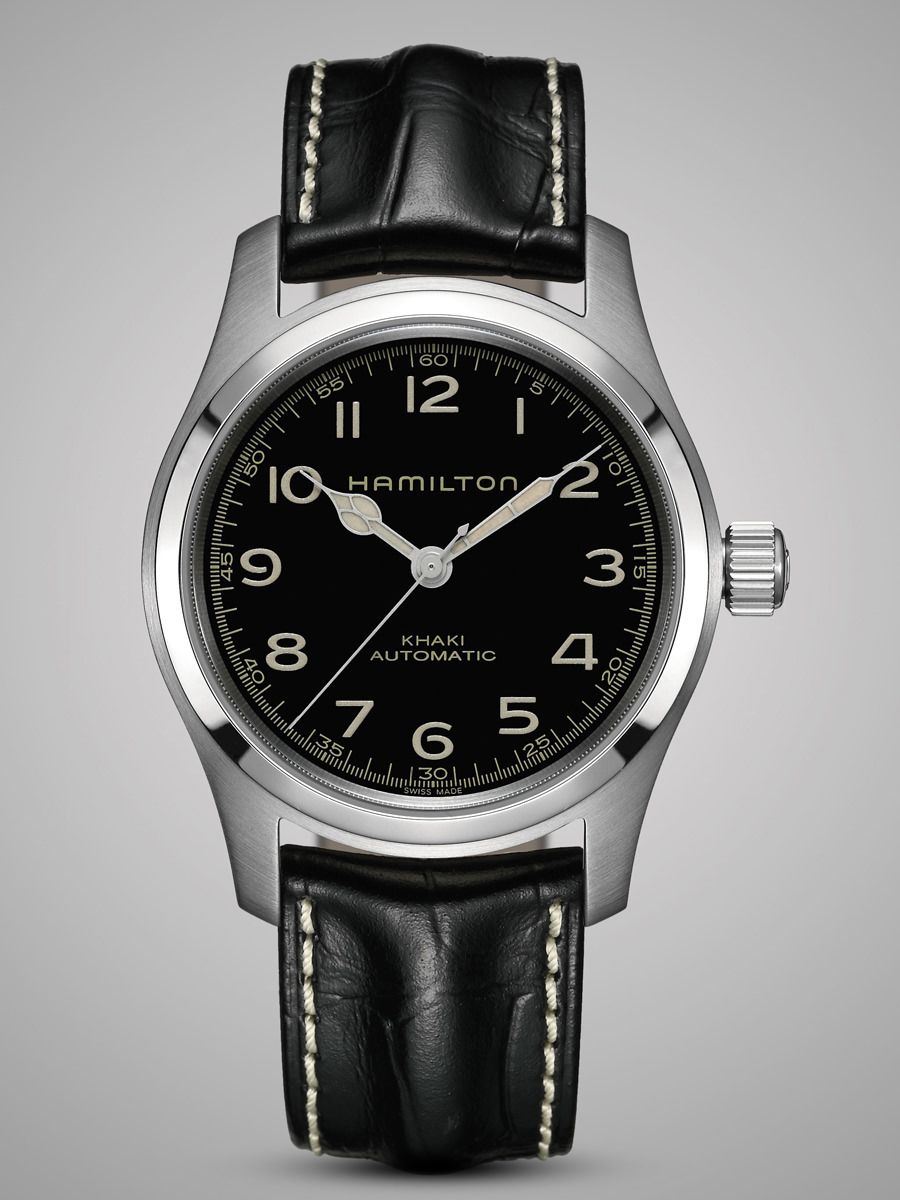
Longines, An Iconic Pilot Watch Brand
Another incident that was a landmark in flying was American aviator, Charles Lindbergh’s solo trans-Atlantic flight. It was before World War II and his partner was none other Longines, who even today have heritage pieces celebrating the landmark. This flight also led to the invention of the rotating bezel, which was used to align the dial tuning into radio signals. The watch also allowed the pilot to determine an hour angle with a great amount of precision. These are necessary milestones in the development of pilot’s watches over the years.
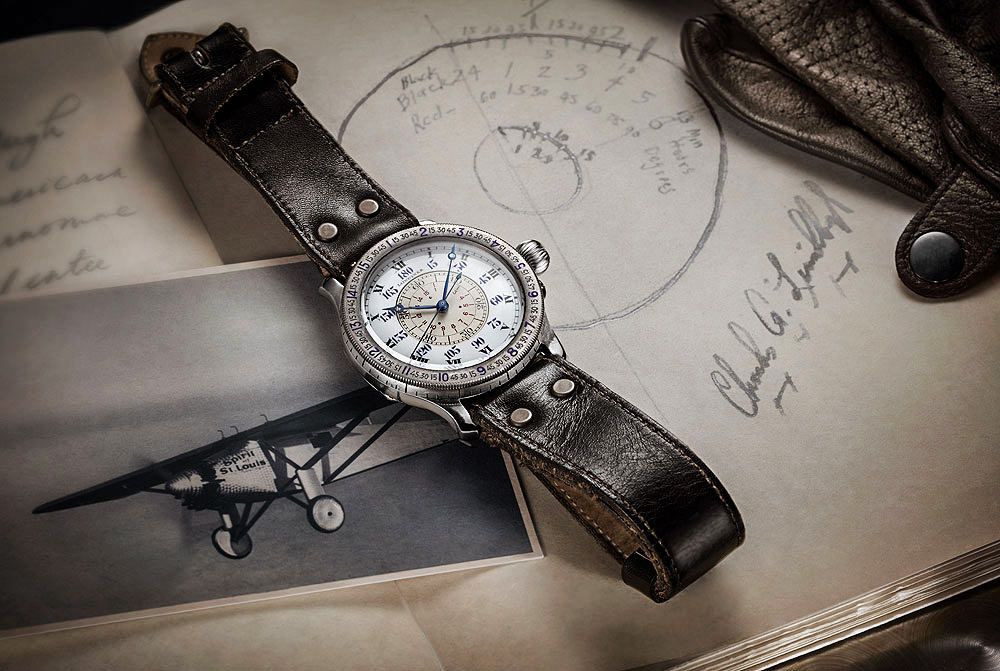
View the Longines collection available at Ethos Watch Boutiques
The Cockpit Watch
Going back in time a bit, a mention must be made of the cockpit watches that came about during World War I between 1914 and 1916. A peculiar feature of these watches was their long crown housing. The purpose of this was to make them fit into the instrument panel, and in that way during the flight they were just another gauge there, hence the name, cockpit watch. It was during this time that luminous hands appeared on a watch, as night flying required the watch to be readable in the poor light conditions even. Among the famous manufacturers of Mark V cockpit watches were Zenith, Omega, Doxa, and Electa.
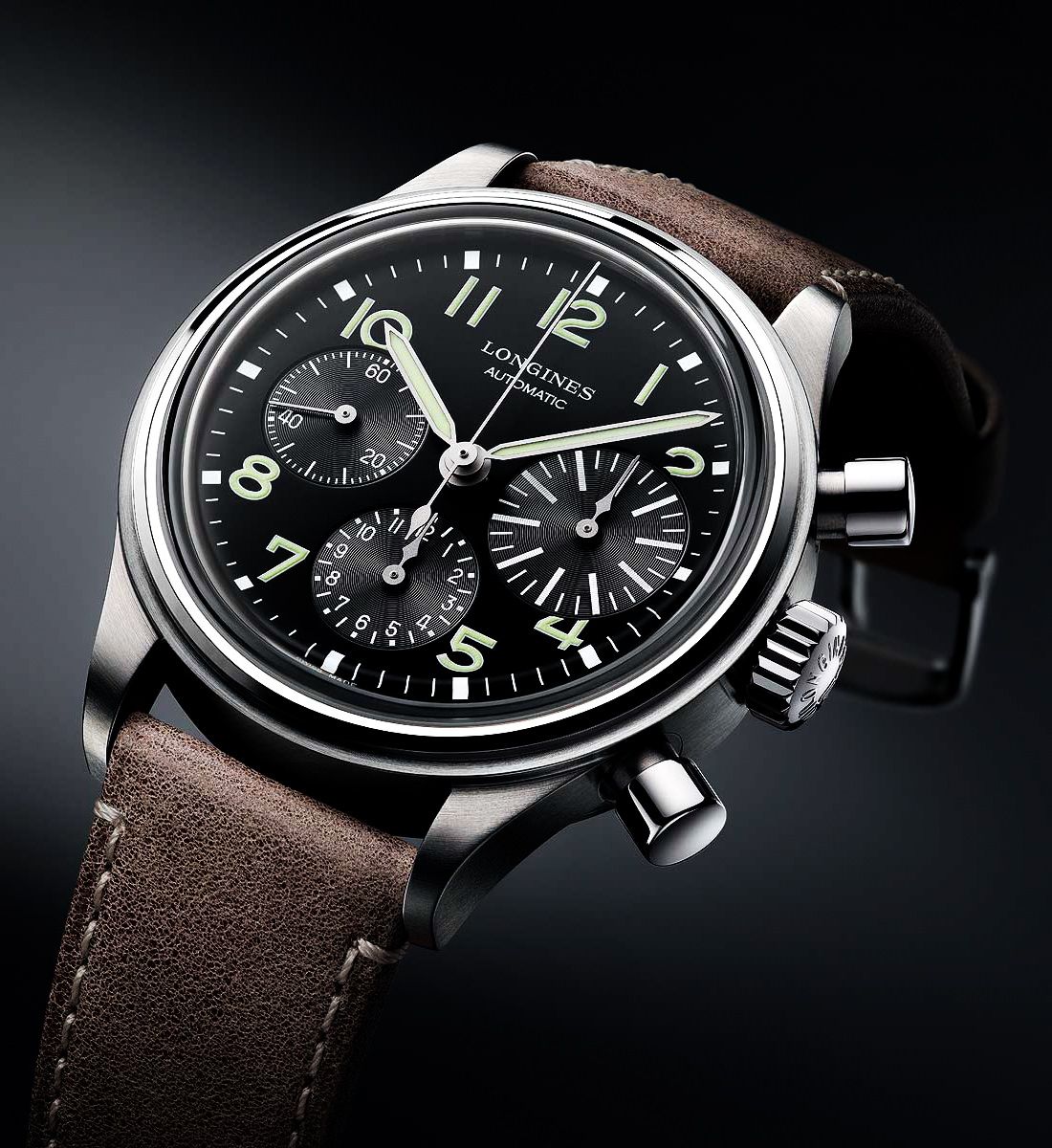
Breitling, Official Supplier To World Aviation
Any piece on aviation timepieces wouldn’t be complete without a mention of Breitling. Immediately after World War I ended, Willy Breitling, the grandson of founder Léon Breitling, pushed the brand into making aviation watches. Making watches for the British Air Ministry, Breitling watches were suitable for pilots due to functions and features, timing and conversion rulers helping in the calculation of speed, distance and fuel. Subsequently, the slide rule bezel was introduced, which Breitling is known for even today.

A Breitling Navitimer watch was worn in space during NASA’s 1962 Mercury-Atlas 7 mission. The modern history of the brand was meticulously rewritten by a pilot Ernest Schneider, who acquired the brand and turned it around. The brand owns many aircraft including jets.
A feature I need to talk about in aviation watches, which separates the men from the boys, is the flyback chronograph. Breitling’s Basel 2017 release, the Navitimer Rattrapante Chronograph, which runs on the Calibre B03 movement, is Breitling’s first manufacture split-seconds watch, apart from probably being the best mechanical chronograph in the market today.

It has two central chronograph hands, of which one can be stopped to measure an intermediate time before catching up with the first one still sweeping onwards. The split-seconds chronograph is used to time different events that begin together but do not end at the same time.
Explore the iconic Breitling Navitimer collection
IWC Schaffhausen, The Top Gun Of Pilot Watches
Just like Breitling and Zenith, another brand that has the legitimacy and know-how of making pilot watches is IWC. Way back in 1936, the Schaffhausen-based company had come up with their special watch for pilots, featuring rugged glass, a rotating bezel and an anti-magnetic escapement.
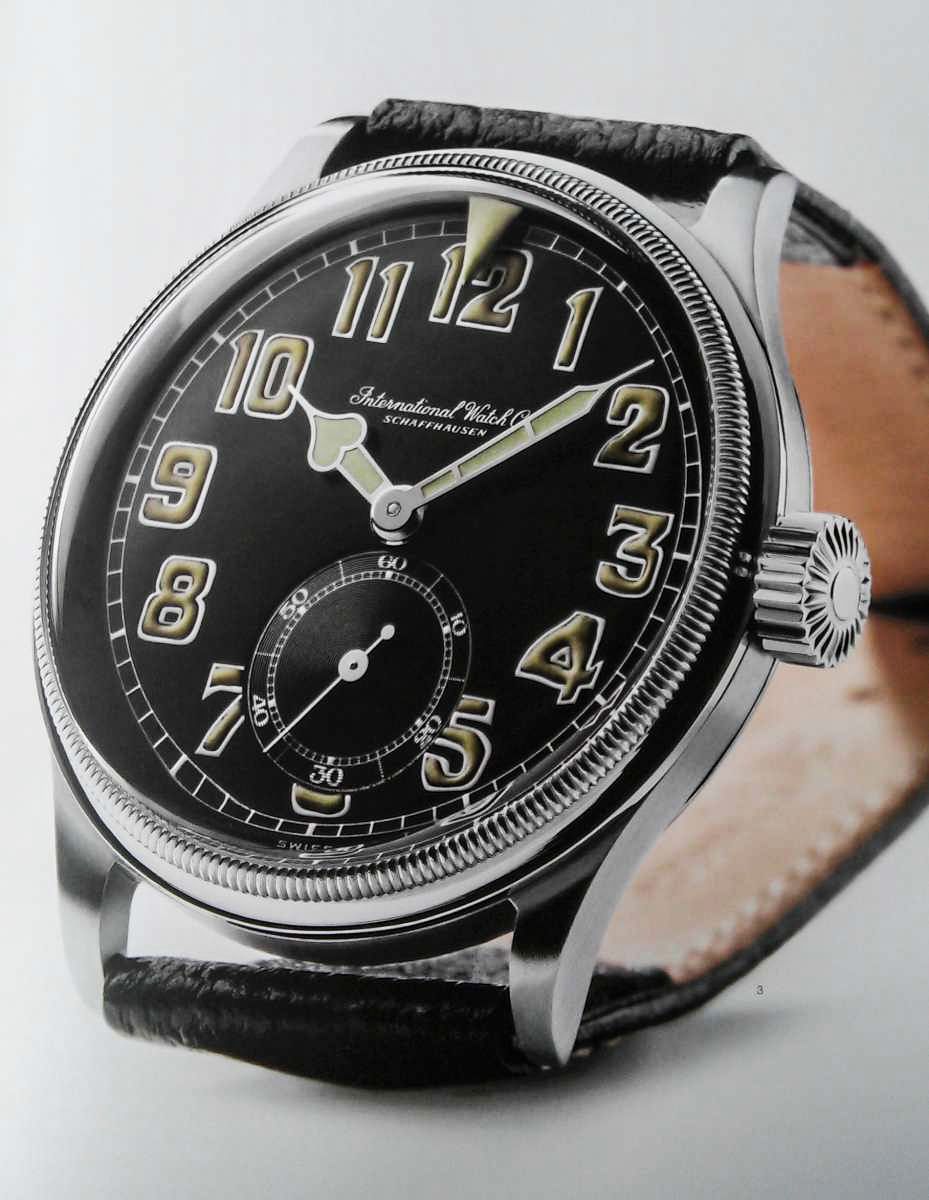
Among many pilot watches over the years, the one that made IWC really famous was The Big Pilot. Measuring 55mm in diameter, the gigantic watch was released in 1940. The watch had an extra-long strap with a double loop and buckle, allowing the pilot to wear it over a flight suit. IWC’s commitment to make great aviation timepieces continues with their very successful Spitfire and Top Gun collections, as well the modern versions of their Big Pilot watches. These watches typically come with large crowns, military-inspired straps and dials.

Explore the IWC Big Pilot, Portofino and other collections available at Ethos Watch Boutiques
Raymond Weil, pedigree pilot watches in the making
Before I end, a quick reference to a new introduction in the pilot’s category by a pedigree watchmaker, Raymond Weil, wouldn’t be a bad idea. The Raymond Weil Freelancer Piper has all the makings of a good pilot timepiece in years to come. Easy to wear, despite its large, 45mm diameter, the watch comes with excellent finishing in a traditional titanium case of thickness, 13.7mm, and offers a 100m water resistance. The watch is driven by a modified Swiss ETA Valjoux 7750 automatic movement, and features a GMT hand.
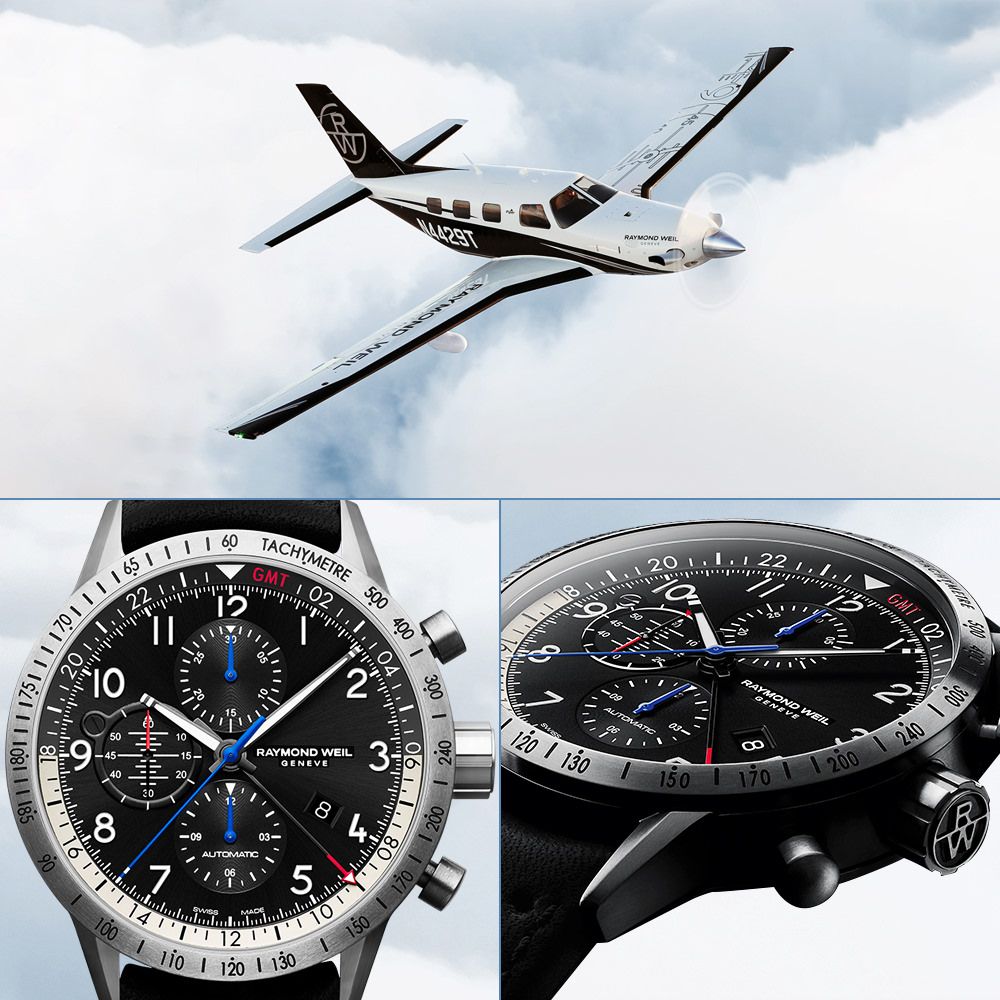
What do these pilot watches mean to an ordinary world traveller? To me, they convey ultimate utility, robustness and style in abundance.
Explore the above brands and their collection at Ethos Watches Boutiques
